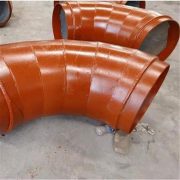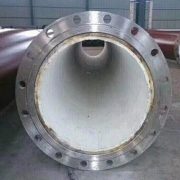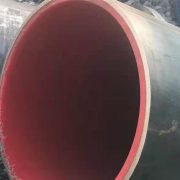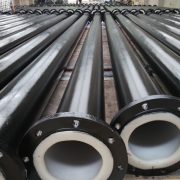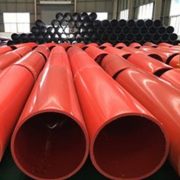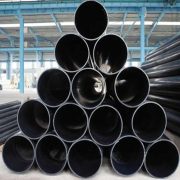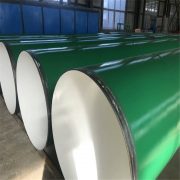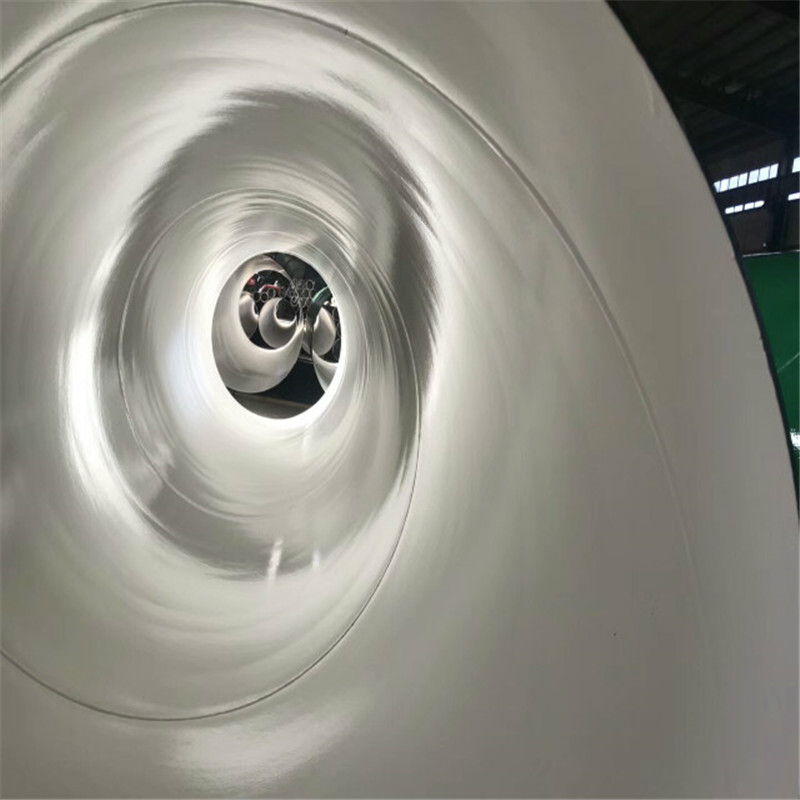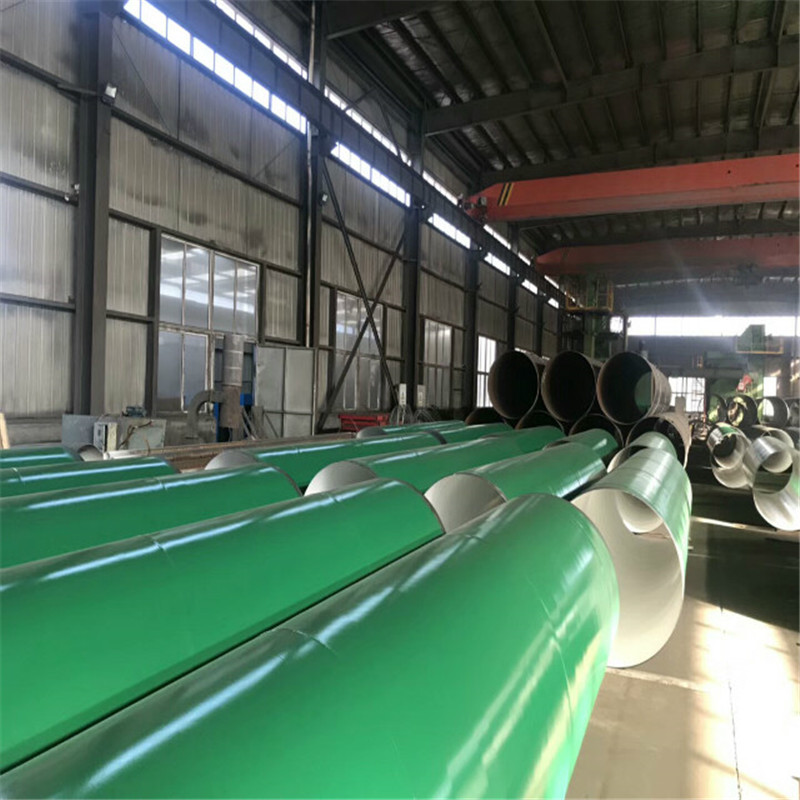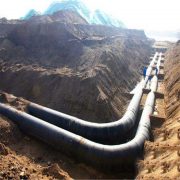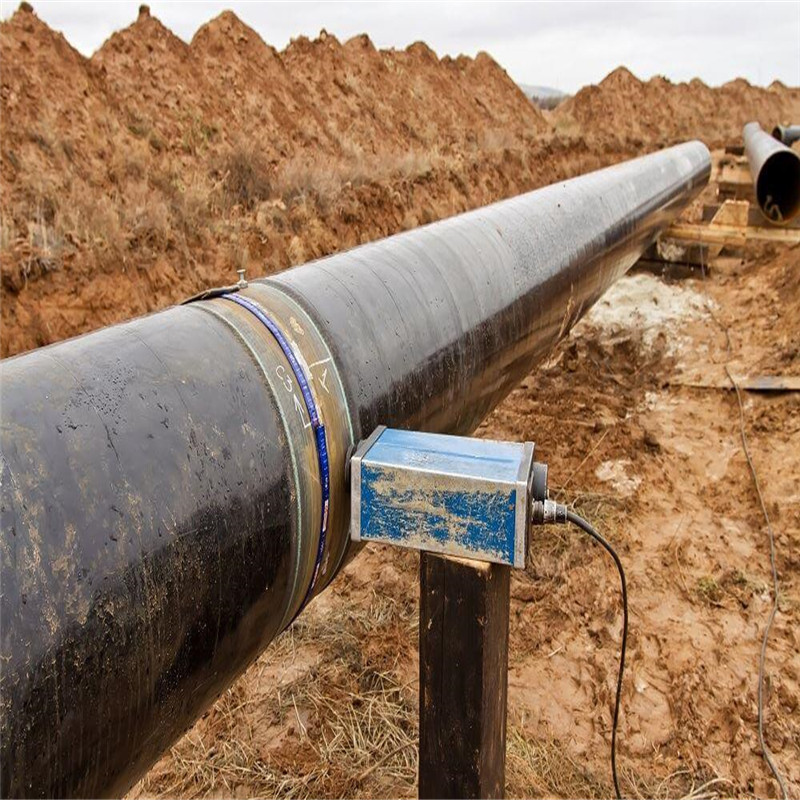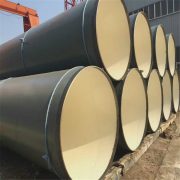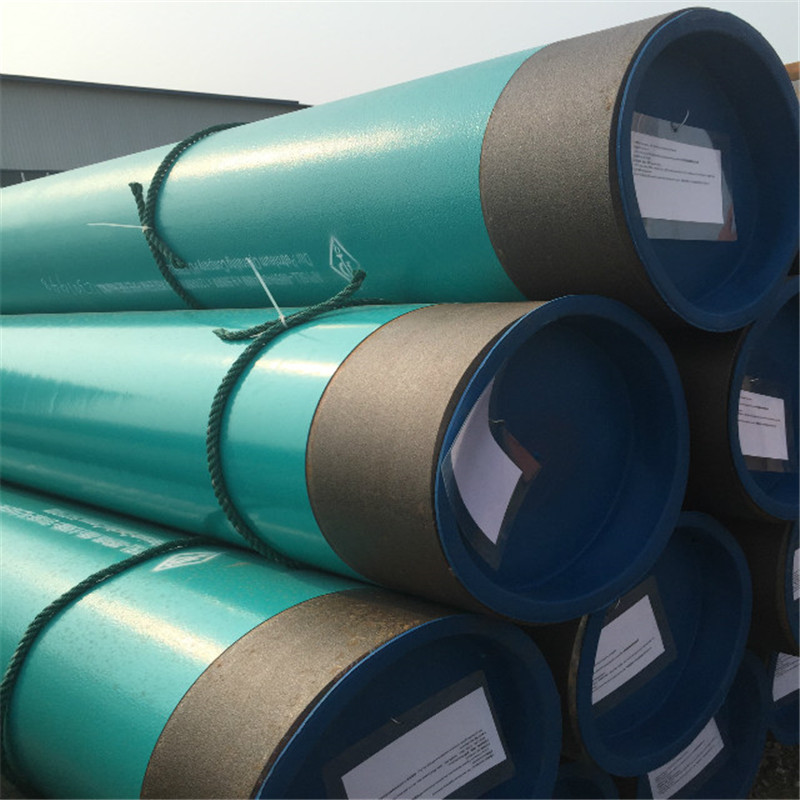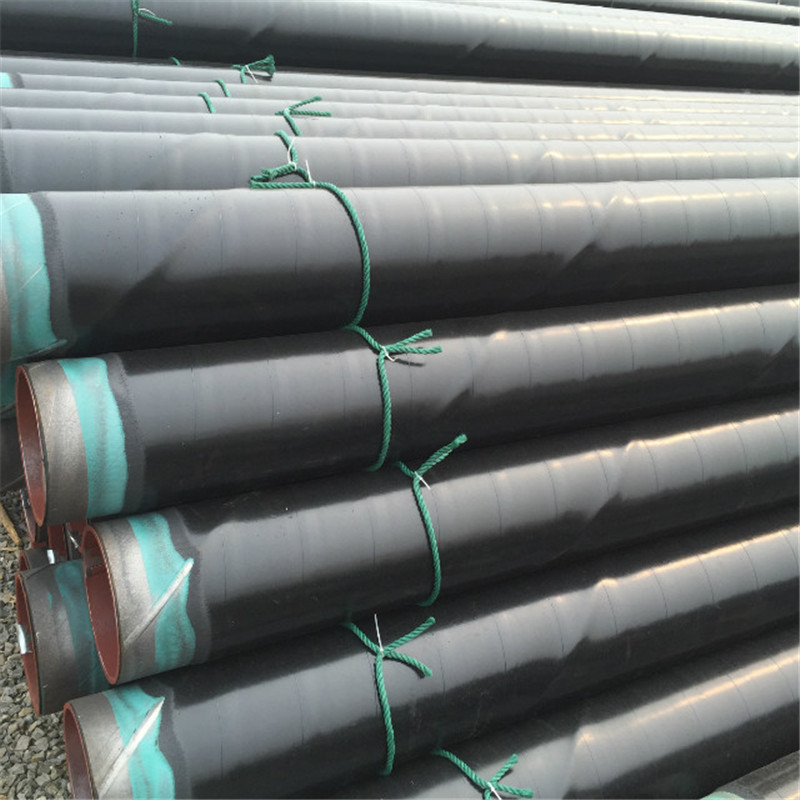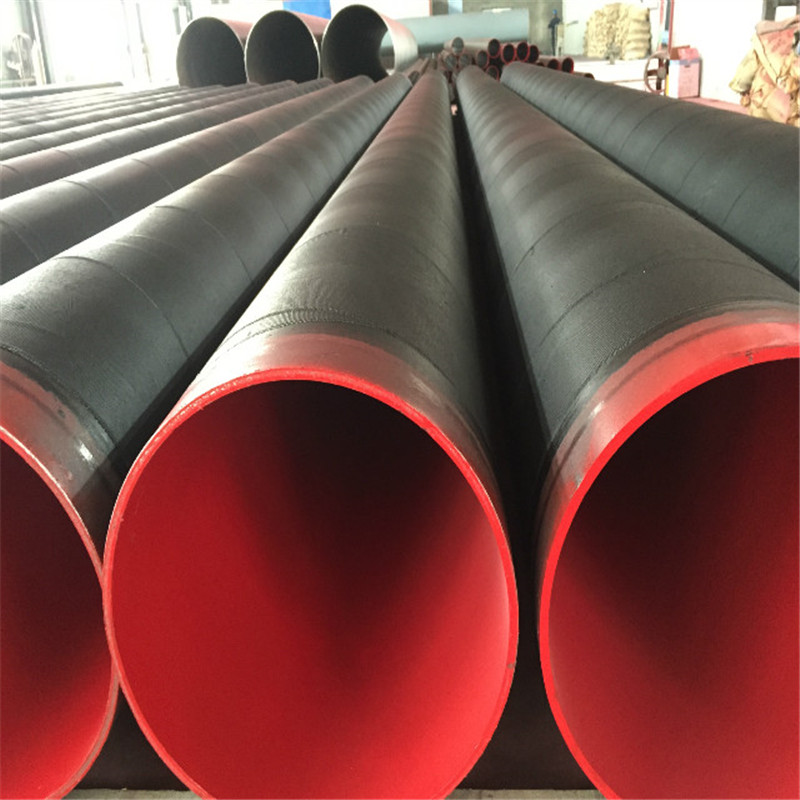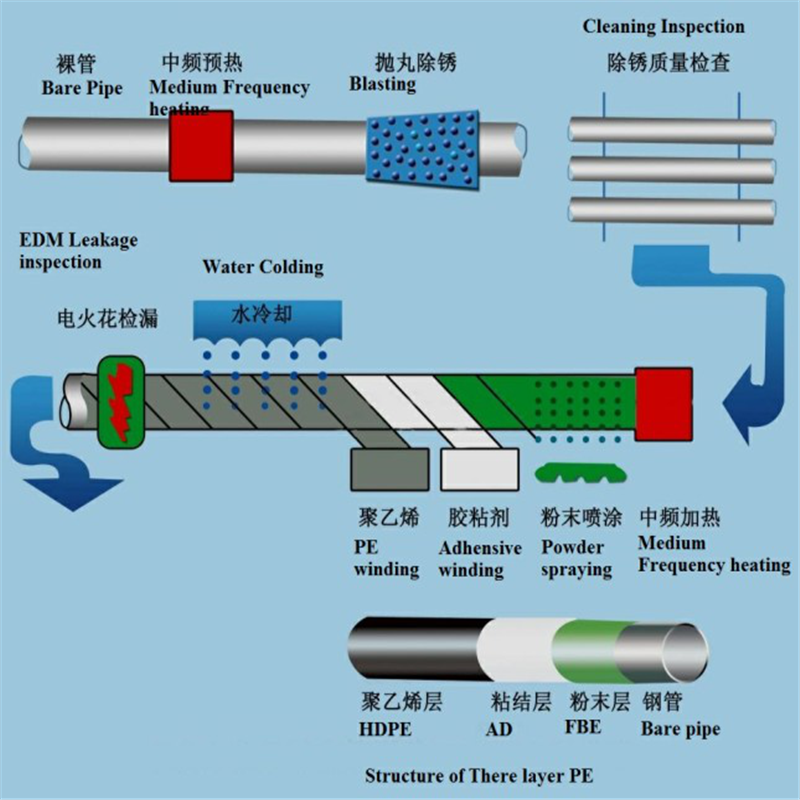What is tortoise shell net wear-resistant elbow?
Tortoise shell mesh wear-resistant elbow type name: heat insulation wear-resistant lining elbow.
The composition of tortoise shell net wear-resistant products: steel body + tortoise shell net + pouring wear-resistant material
Product production process:
1. Surface treatment: Blow off the floating dust and polish to remove the floating rust.
2. Welded tortoiseshell mesh: requires more than two solder joints in four grids (the solder joints are required to be evenly distributed)
3. Pouring wear-resistant paint: Stir the powdery wear-resistant material and adhesive thoroughly, and then fill it in the welded tortoise shell grid to ensure that each grid is filled with sufficient wear-resistant material, and the lining is resistant The surface of the grinding layer should be smooth and flat, without obvious unevenness.
4. Wait for the wear-resistant material to fully solidify.
Generally, the minimum diameter of the tortoise shell mesh wear-resistant elbow is above DN100mm. The wear-resistant castable is according to the SH3531-2003 standard, the thinnest is 25mm and the last 30mm. The thickness of the tortoise shell mesh wear-resistant products produced by our company is different due to the nature of the conveying conditions and the different media. They can be designed and produced according to customer needs and industrial and mining needs.
4 advantages of tortoise shell mesh wear products:
1. Strong wear resistance and impact resistance
2. Good shock resistance
3. High temperature resistance
4. No increase in circulation resistance.
Decho is a professional supplier on tortoise shell net wear-resistant elbow. If you need any for your project , pls feel free to contact us by email [email protected]

